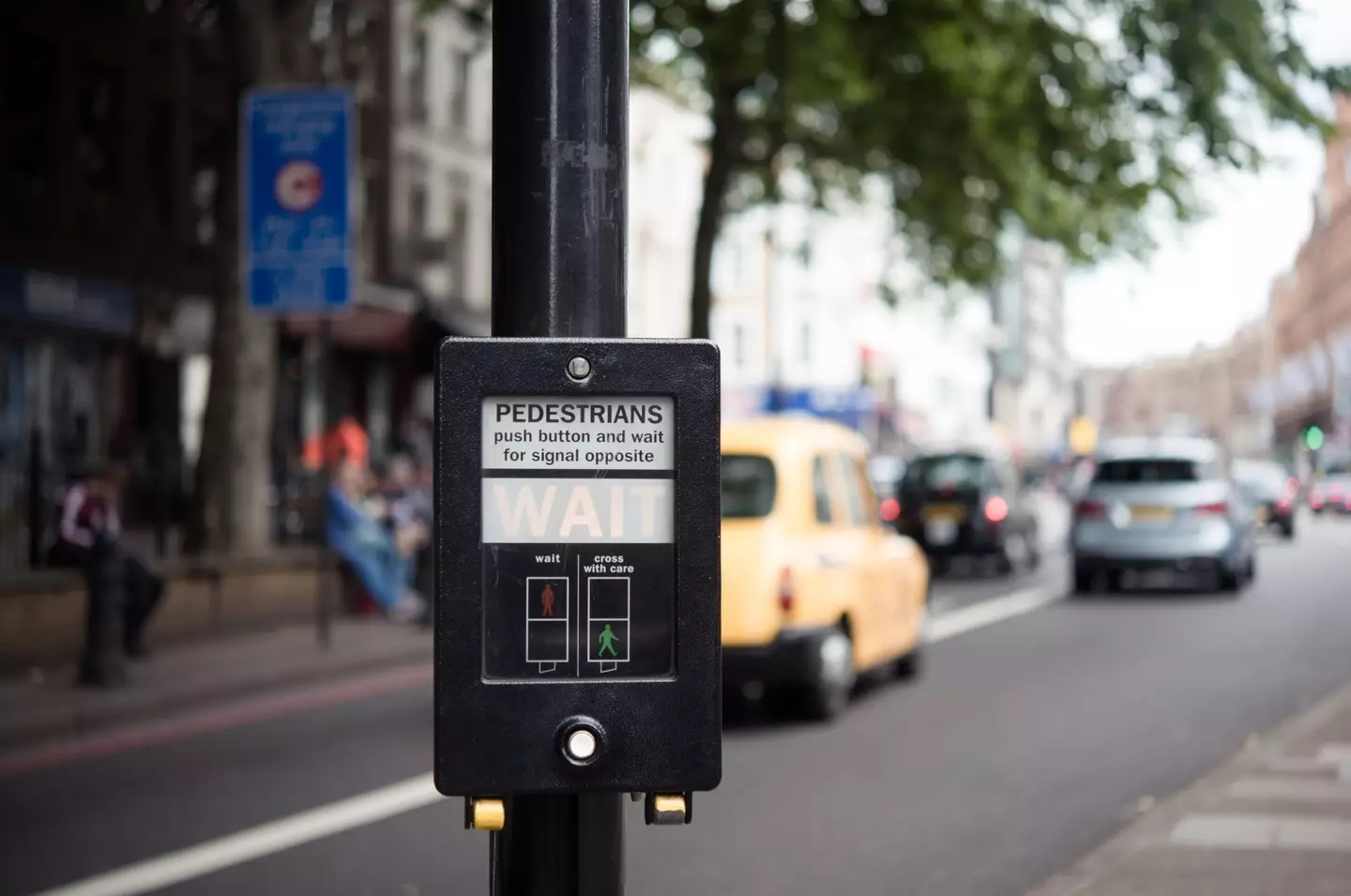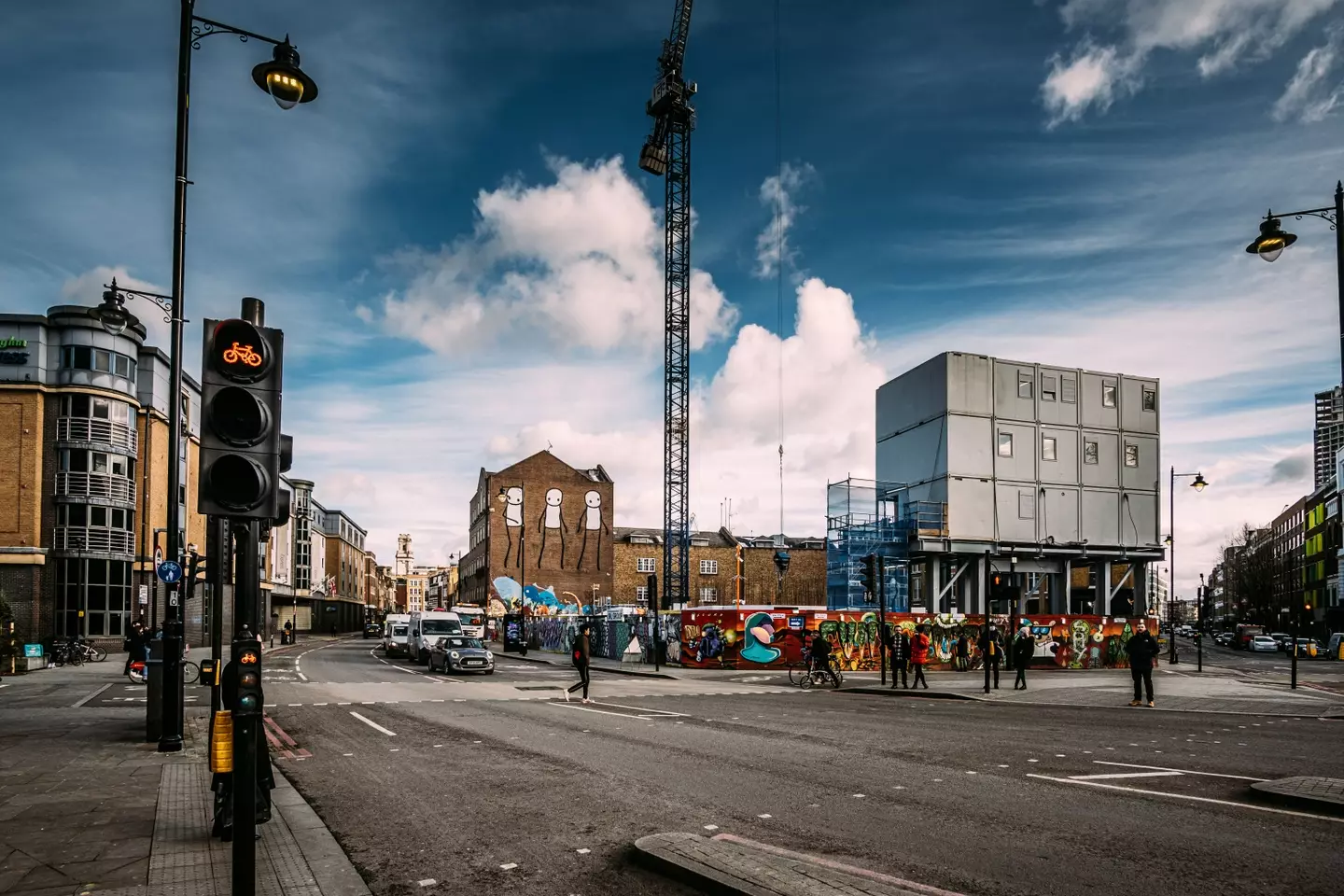
The green man at pedestrian crossings will show for longer as part of a huge overhaul of the official guidelines that were introduced in the 1950s.
In the decades that have passed since, pedestrians cross the road slower than they used to, which has been put down to an ageing and less fit population.

The new guidelines will allow pedestrians 20 per cent longer to get to the other side of the road, which is no easy feat.
Advert
So, to make journeys safer and to encourage more walking, figuring out how much time walkers need to cross the road is an important part of town planning.
Traffic would overflow if the time given for pedestrians to cross is too long and too little time could be extremely dangerous.
So now, the Department for Transport (DfT) are readying new guidelines.

At the moment, we all have 6.1 seconds to cross over both lanes of a normal road when walking at a pace of 1.2 metres per second, but the new recommendations will give folks 7.3 seconds to cross at a slower speed of 1m per second, The Times reports.
Advert
That may sound like a small change, but it should be all the difference in making sure people make it safely to the kerb and avoid being stuck in the road when the lights begin to change.
Nobody wants to be like the chicken who crossed the road, do they?
The current guidelines were made in the early 1950s during a time when vehicle traffic was on the rise.
A study by University College London published a decade ago showed that 76 per cent of men and 85 per cent of women aged 65 and older could not use crossings safely because their walking speed was slower than 1.2m per second.
Advert
Brian Deegan, director of inspections at Active Travel England (ATE), an executive agency of the DfT that has drawn up the guidelines, explained: “A lot of infrastructure is aimed at the average person but the number of people excluded by that is growing, so we have to tackle it.

“If we don’t give people enough time, they are going to feel they can’t cross the road and that will leave some people feeling that they can’t leave their own house if they don’t have a car.
"We are going to have to meet people where they are. "That means local authorities might need to think about extending crossing times.”
Advert
Deegan also said that traffic control cameras have reached a level of sophistication where they could give more crossing time to pedestrians during quieter times of the day.
The proposed changes, which are already being used on a pilot basis, will be put out to consultation in September.
The plan is to help the government meet targets, set by former prime minister Boris Johnson during the Covid-19 pandemic in 2020, which were intended welcome 'lifestyle changes that keep us more active and fit . . . with our bike lanes becoming huge, 24-hour gyms, free and open to everyone'.
Featured Image Credit: Yunus Dalgic/Anadolu Agency/Getty/Pexels/Guillaume Meurice